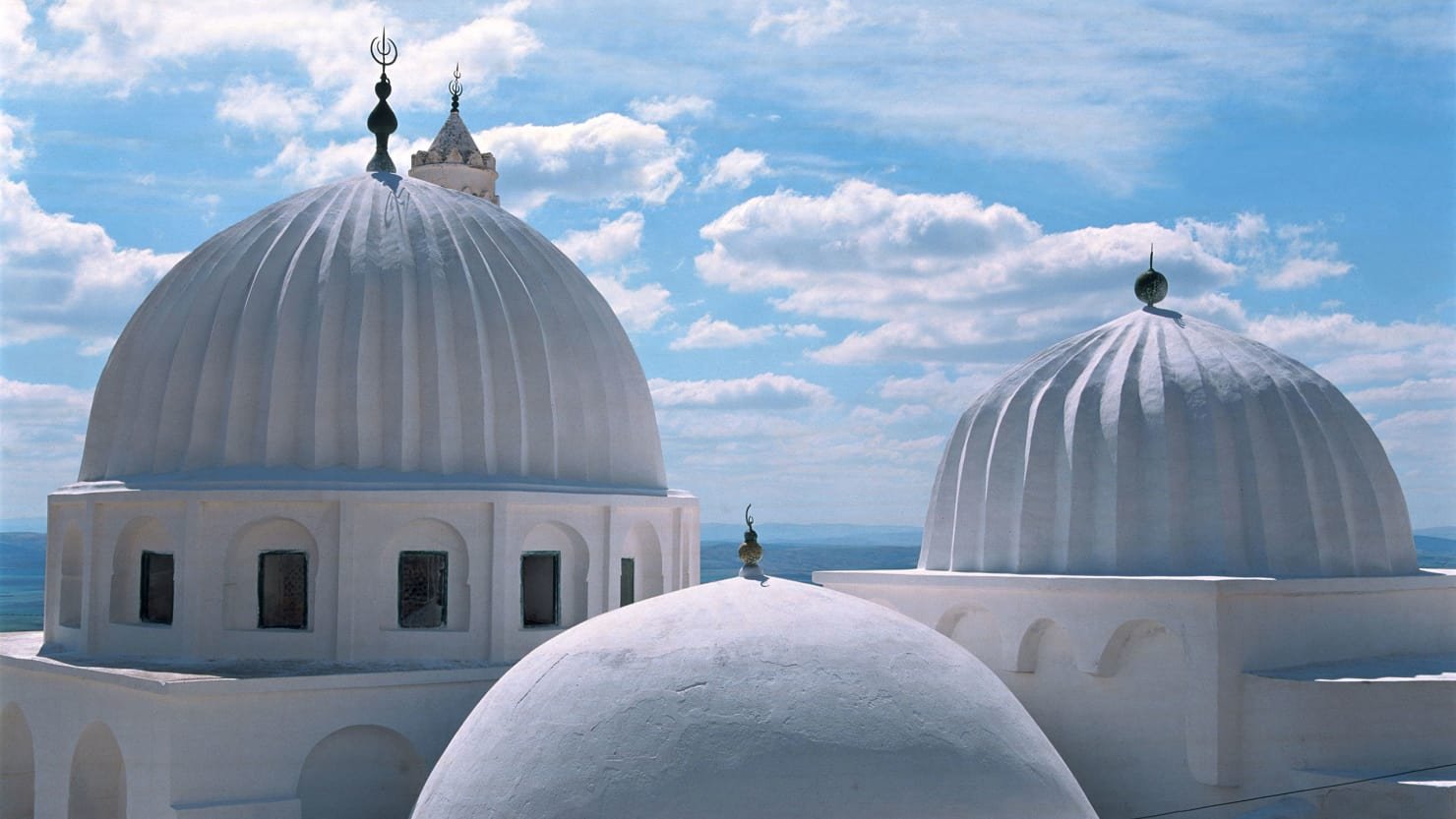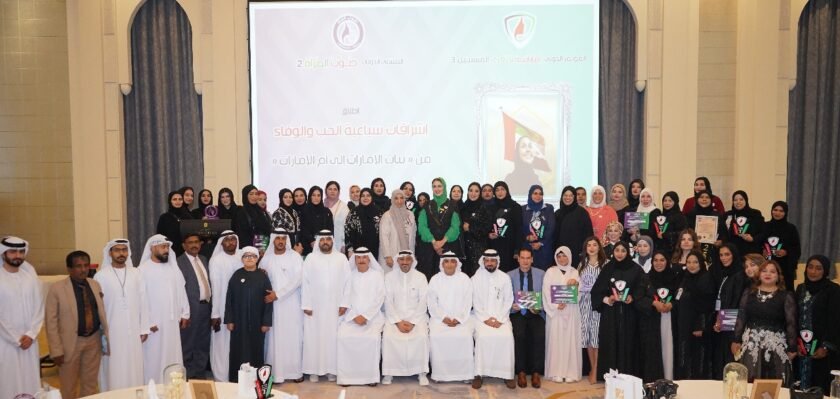Tourists by the thousands flock to Santorini for the classic pic of whitewashed houses with blue trim and bougainvillea, but an overlooked town in Tunisia also has the goods.
“I think a mental health trip to North Africa wouldn’t be the worst thing for you right now,” my father told me, as I booked my flight to Tunisia.
The trip was on a whim, in the wake of a break up, and though I’m unsure my mental health improved, my Instagram feed certainly sparkled.
We picked the country on a map. My sister was living in Jordan, and we decided to meet halfway—or what seemed like halfway: The Maghreb is far closer to the deserts of Jordan than the skyscrapers of New York. But the moment I landed in the Tunis airport, I was grateful for my geographical shortcomings. Less popular than Morocco or Egypt, Tunisia is a hidden gem for most Americans in North Africa—and a quick ride on the TGM train revealed the country’s biggest surprise of all.
Only 12 miles north of the nation’s capital, Sidi Bou Said is an ancient blue and white town overlooking the Gulf of Tunis. Perched atop a steep cliff, the town, aptly nicknamed “Ville Bleue,” sparkles above the Mediterranean. As everyone with a social media account knows, this two-toned ambiance is most famously found in Santorini. Although travelers are obsessed with blue and white architecture, Sidi Bou Said has yet to be swarmed by Yacht Week castaways or selfie-stick wielding families of six.
The town’s lack of social media exposure is sure to appeal to the discerning traveler, as will its mixture of North African influences, Arabic hospitality, and Mediterranean ambiance that is unique to the Maghreb. The village by the sea remains relatively untouched by mass tourism influences, astounding in this age of digital globalization when it feels like no corner of the world has yet to be geotagged.
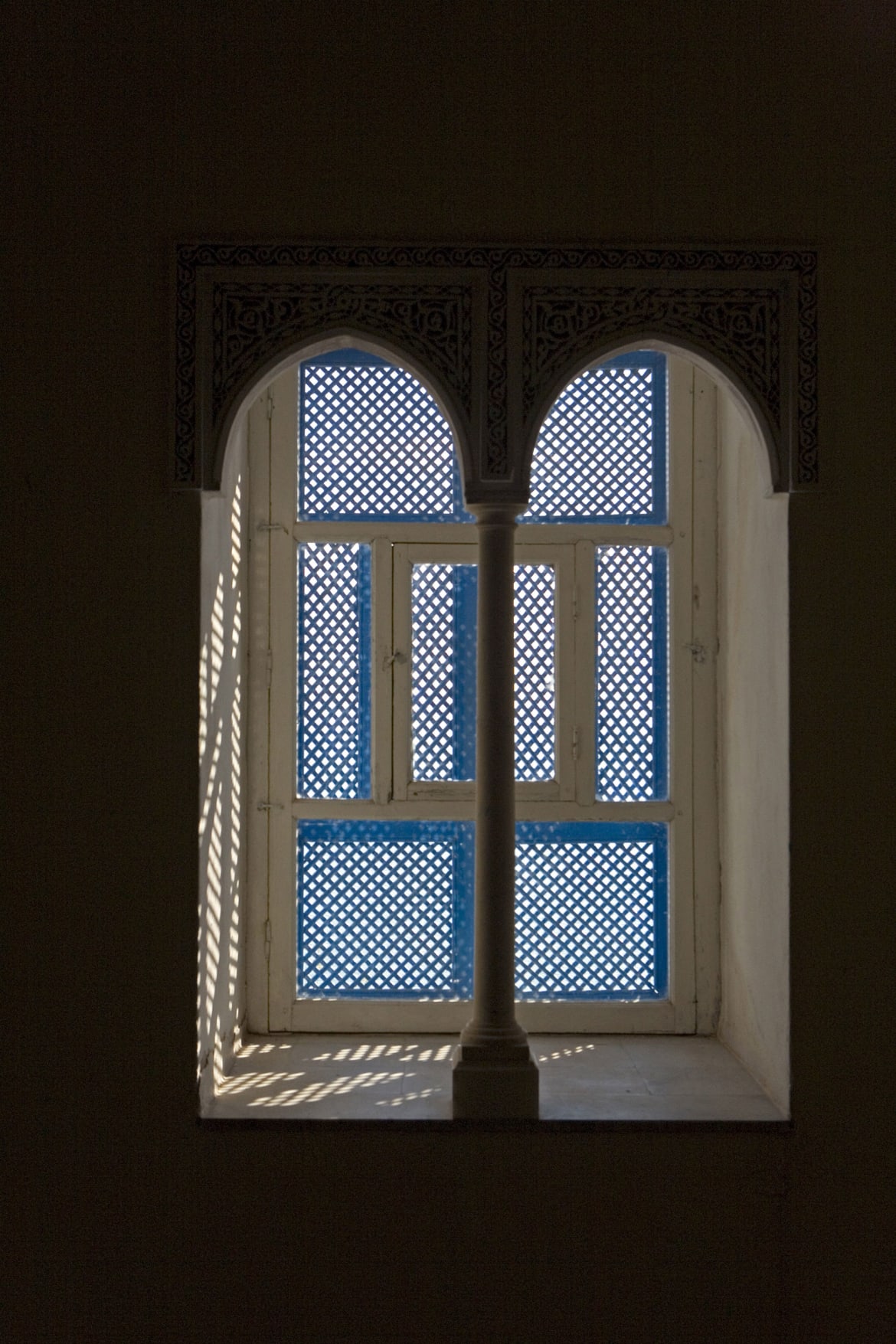
This town of endlessly photogenic proportions has long been a bohemian retreat. In the early 20th century, Tunis was an alternate Paris for artists of the Lost Generation, and Sidi Bou Said its glittering Montmartre. It inspired French writers (Simone de Beauvoir, Collette, Michael Foucault) and painters (Henri Matisse, who painted its famous blue doors).
Upon visiting the city, the artist Paul Klee declared, “Colour has taken possession of me. No longer do I have to chase after it, I know that it has hold of me forever.”
A century later, Klee’s words hold true. But you don’t have to be a famous painter to capture this dreamy ambiance: This painted city is an Instagram lover’s dream. The color scheme reflects the natural environment: the icily gorgeous North African sky, the cerulean Mediterranean sea. The light in North Africa is unlike anywhere else in the world—pale, nearly iridescent—and never is it more beautiful than in Sidi Bou Said. If this sounds dramatic, I assure you one trip to the Maghreb would demonstrate my point.
But if you don’t trust me, trust André Gide: the writer who described life in the city as “bathing in a fluid, mother-of-pearl sedative.”
I’m happy to report the sedating atmosphere also alleviated my post-break up woes. There’s nothing so restorative as overseas travel, or as vindicating for me as an Instagram posted halfway across the world. Don’t mind the #nofilter needed and blue doors in the background. As the locals would say: chic, c’est la vie.
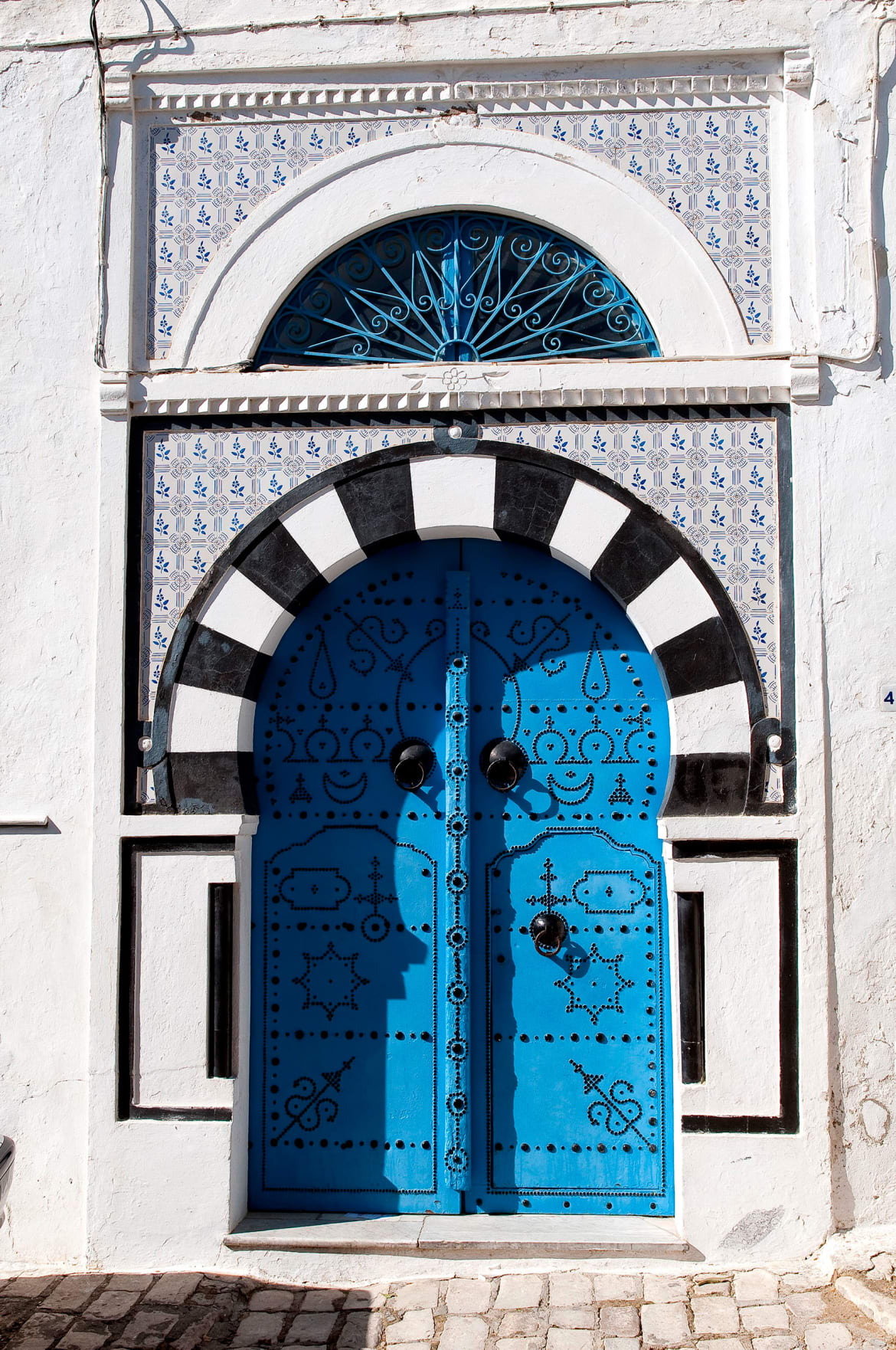
Of course, proving your je ne sais quoi shouldn’t require an updated passport. But, if—like me—it does, book your flight to Tunis between July and November, when purple bougainvillea will be in bloom. A #SidiBouSelfie is not the only thing the city has to offer, however. Unlike a lot of Mediterranean towns in Europe—a haven for sunshine-seeking newlyweds looking for a side of Old World charm with their beachside Negronis—resorts along the Barbary coast have retained a sense of authenticity. Unsurprisingly, traveling in “La Villa Bleue” provides ample opportunity to brush up on your high school French.
“Parles français?” was the inevitable first question a cab driver would ask, after my sister and I slid into the backseat.
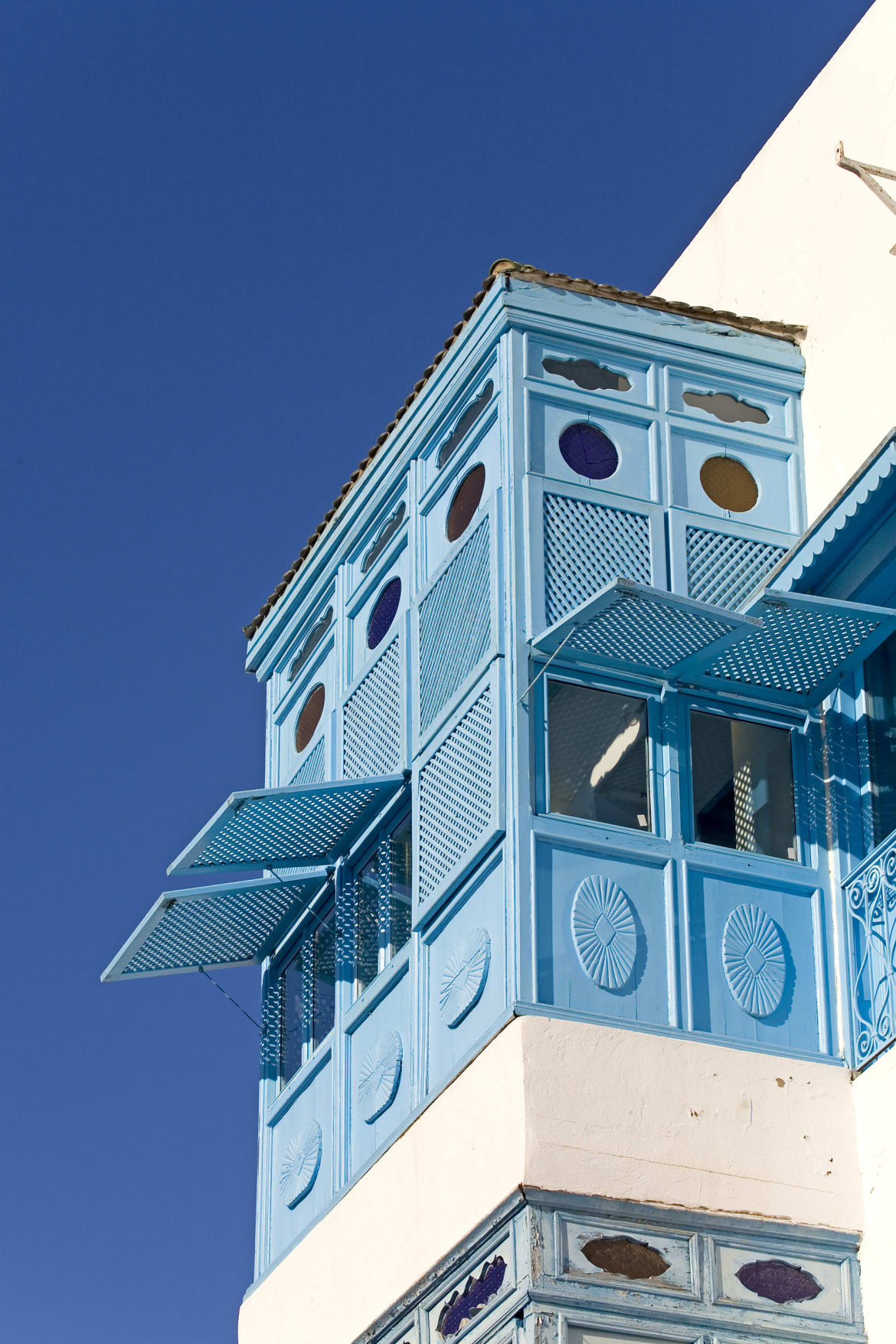
Traveling with a sister who is fluent in Arabic, I expected my own (limited) language skills to be unnecessary, but Maghrebi Arabic is distinct from the variation my sister was used to speaking in Amman. While her words were occasionally unintelligible in Sidi Bou Said, my 10th-grade command of French came in handy. French was not only the language of love, but of understanding during our trip. A French colony for nearly 100 years until Tunisian independence in 1956, French is the country’s second language, spoken by 60 percent of the population. English, however, is only the country’s fourth language, trailing the Arabic dialect of Darija. So while it’s increasingly rare to be in a country where English is not spoken, prepare your “ou est le café?” and “plus de vin, s’il vous plait” in advance.
Speaking of wine, head to Au Bon Vieux Temps for a glass (or three) overlooking the sea. Cocktail enthusiasts should order daiquiris at the historic Dar Zarrouk, located in one of the country’s largest palaces. For travelers unafraid of a little second-hand smoke, the Cafe des Nattes is a traditional option for Turkish coffee—and is also the starting point for many walking tours. Trekking through this vertical village offers sweeping views of the marina: think Monaco, albeit with less gambling, but plenty of yachts.
Explore the souqs and mosques along the winding streets and visit the Palace Dar Nejma Ezzahra, Arabic for the “Star in Venus.” The palace exemplifies the Neo-Moorish architecture that defines the city: mixing Arabic and European Art Nouveau in a style cleverly called “Arabeisence.” This palace-turned-museum is also known as the “House of Baron” for its original inhabitant: Rodolphe d’Erlanger, who is credited with inspiring the blue and white hues that were painted all over in the 1920s.
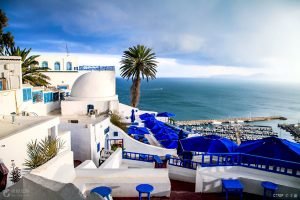
One day during our trip, sister and I were seated at an outdoor café overlooking the Gulf of Tunis when we spotted a cow leisurely sauntering up the hillside, approaching our table. When we alerted the hostess, she started screaming in Arabic and throwing rocks at the unwelcome intruder—though the cow remained blithely undisturbed by her hysterics. My sister and I proceeded to enjoy our beef kebab with the cow looking on a mere ten feet away. So if your dream destination is one of charm, authenticity, and social media envy-inducing beauty, head to Sidi Bou Said—but book your flight before the rest of the world catches on, too.

